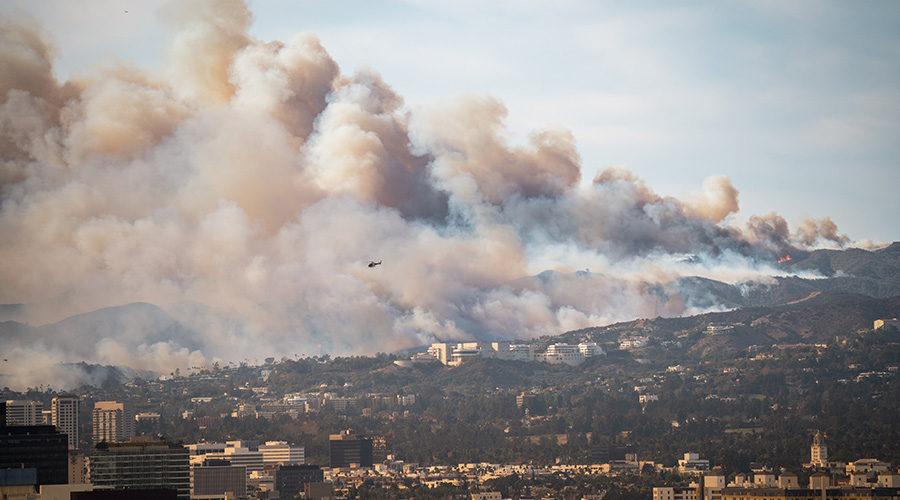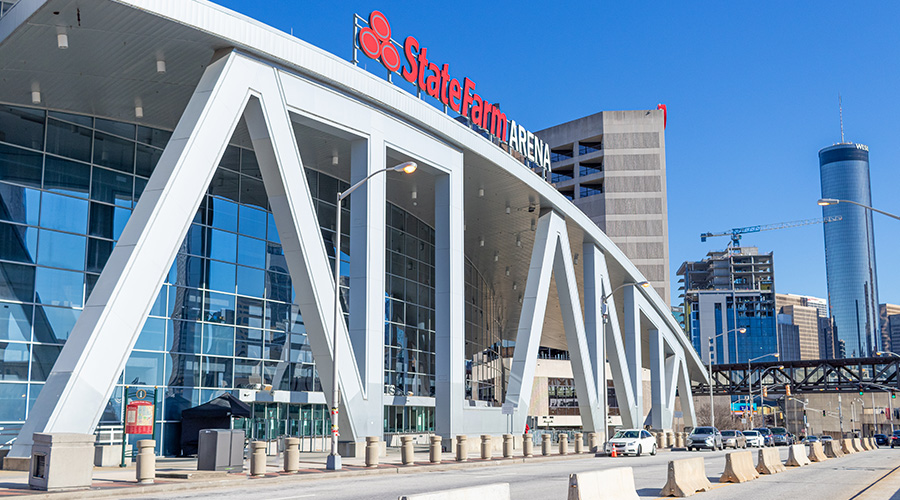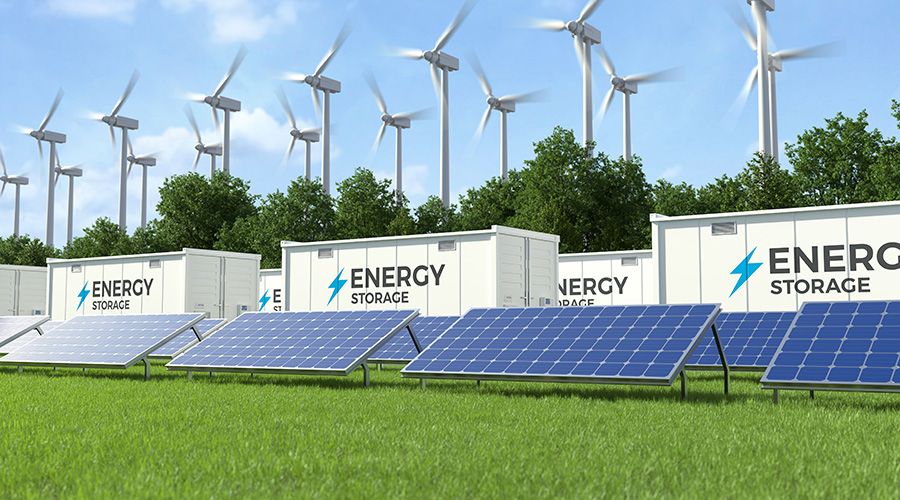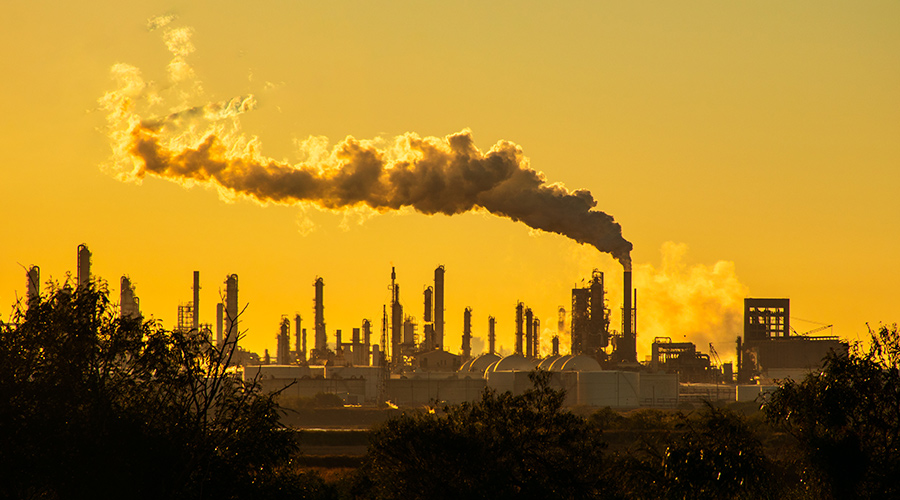Energy-Efficient Exterior Lighting
Turning off exterior lighting loads for institutional and commercial facilities is the most effective way to save energy, but it might not address the lighting needs of the general population. People need some form of exterior illumination to feel safer and more secure. Beyond functional lighting, people also need lighting that enhances the nighttime atmosphere to encourage activity and make spaces feel inviting.
Every year, building codes, energy codes, the Leadership in Energy and Environmental Design (LEED) rating system, green building programs, and incentive programs require that facilities further reduce their buildings' energy consumption. Advances in fluorescent, metal halide (MH), and light-emitting-diode (LED) technologies make it possible to reduce the connected loads for interior building lighting. Only recently have manufacturers considered extending these energy savings from inside the building to outside.
Maintenance and engineering managers have many opportunities for significant energy savings in most exterior-lighting scenarios. Conversely, because organizations use exterior lighting to provide a sense of security and increased aesthetic appeal, it is no surprise that managers hesitate to explore turning off exterior lighting.
How can managers enable exterior-lighting systems to operate more energy efficiently and reduce light pollution while continuing to provide quality lighting for sites, landscapes, building entrances, and facades?
Out With The Old
The lighting system for a parking lot designed in 1970 — and even as recently as 2000 — probably is outdated by today's standards. Whether underlit or overlit, it no doubt will be less efficient than a system that incorporates products available today.
Often, managers can generate significant energy savings by retrofitting or renovating the existing exterior systems to meet current codes. For example, replacing the key components of a high-pressure-sodium (HPS) fixture with LED lamps might reduce energy consumption and deliver a reasonable payback of two-four years — or, with rebates, instantaneous payback.
LED lamps can be controlled easily, and they offer increased lamp life, reduced maintenance and reduced energy use. But they are not the solution for every application. Not all LEDs are created equal. Consider this experiment: Place an LED board directly into a fixture for which it was not designed. The result could be even more maintenance and lighting-quality issues — heat buildup, color shift, variations in color temperatures between diodes, poor distribution, and uncomfortable glare.
Managers should be sure to specify LED sources from reputable, established manufacturers who have controlled binning standards, proven heat sinks and fixtures specifically tested and designed for their LEDs.
The most efficient LEDs are cooler white in color temperature. In exterior applications, cool blue color temperatures also can result in reduced allowable lighting levels, compared to a warm source, such as HPS. But at least in the United States, cooler light — usually anything greater than 4,100 Kelvin (K) often is perceived as uncomfortable, sterile, and institutional. Exterior lighting and building facades appear more inviting when illuminated with a warmer light — 3,000-3,500 K — that also has a high color rendering index (CRI). A CRI greater than 80 makes the finishes of materials and objects appear more true and rich.
Managers also should take care should to select a lamp that is compatible with temperatures in the project's geographic location and with the connected controls. Fluorescent lamps do not like low temperatures. Dimming ballasts also generally are not fond of temperatures below 50 degrees. Induction lamps are more compatible in cold environments, tend to produce less glare, and have one of the longest life spans. But they are not dimmable, and their distribution patterns can be difficult to control through fixture optics.
Related Topics:













